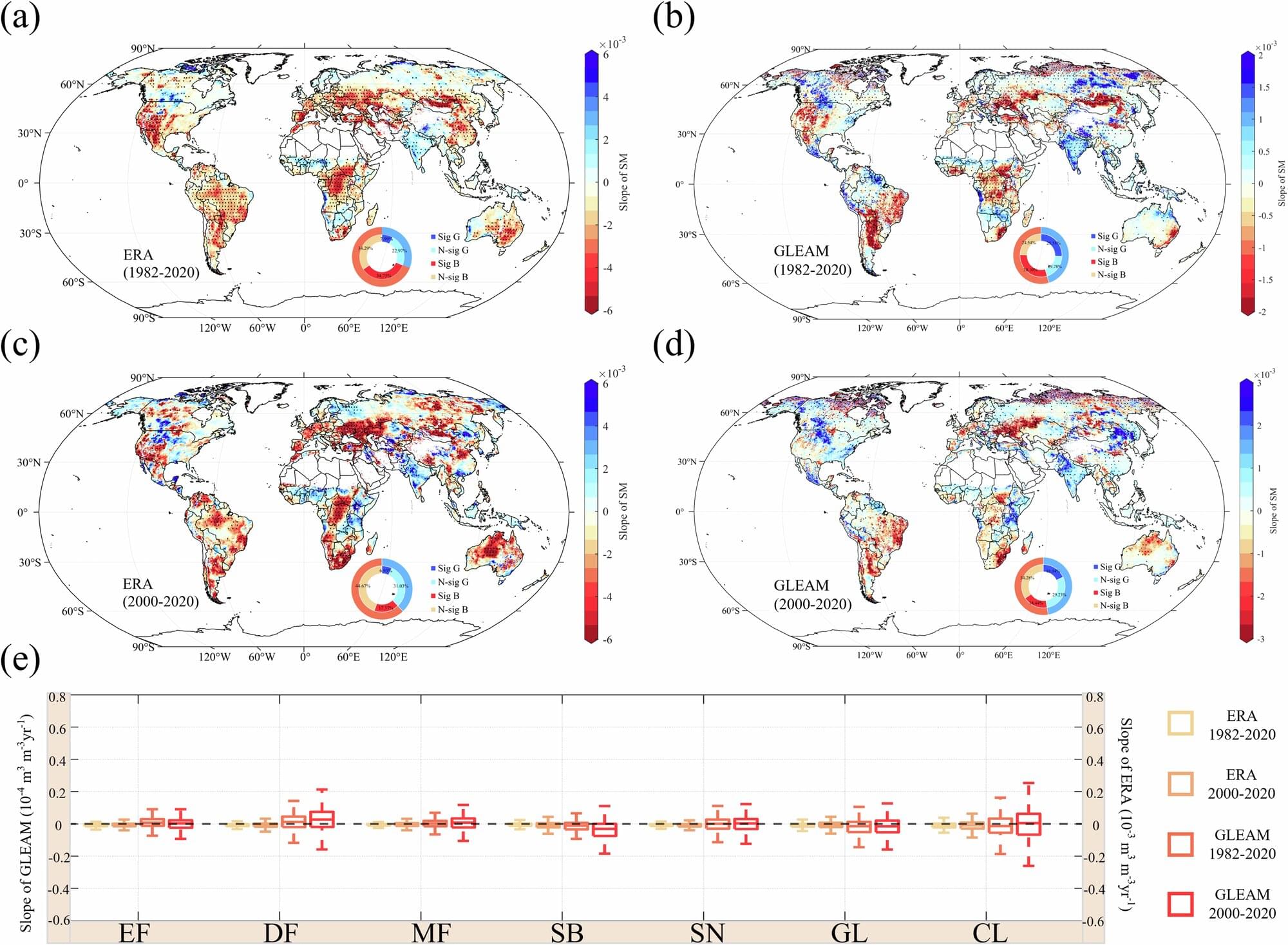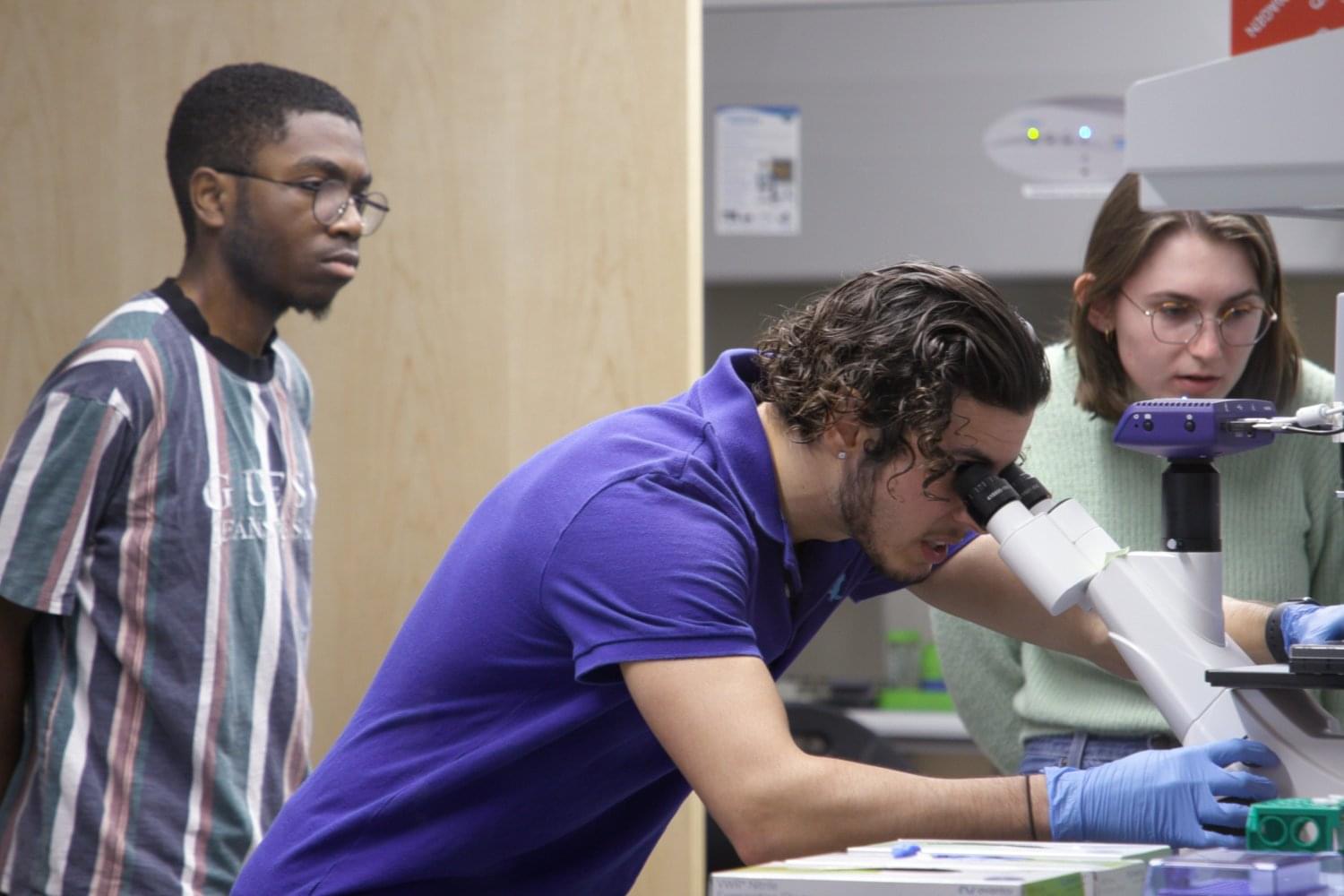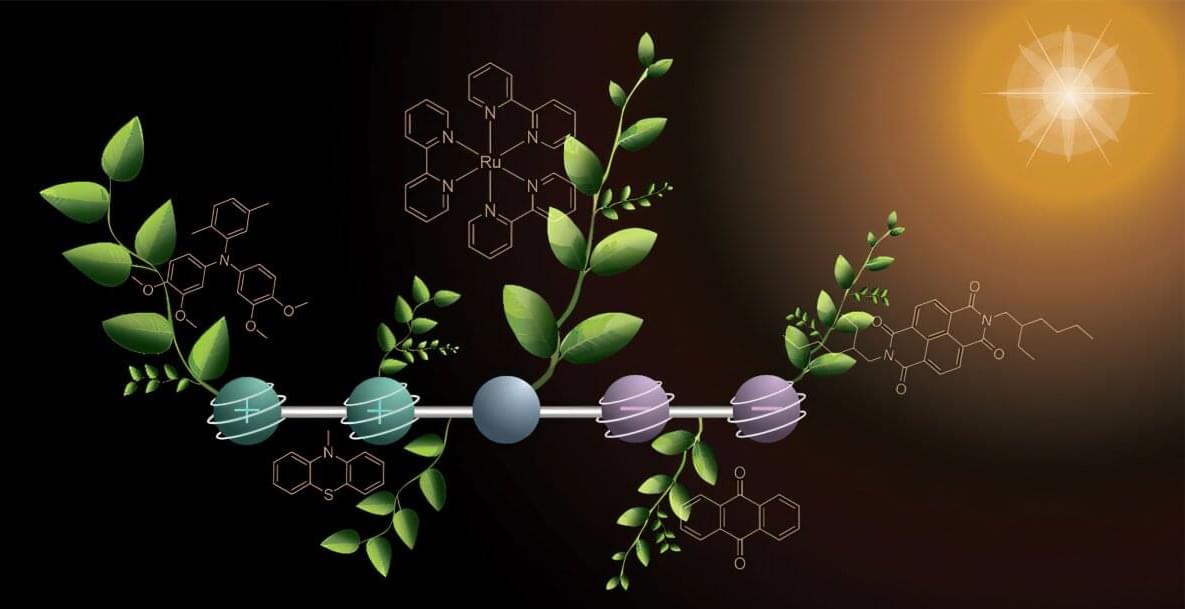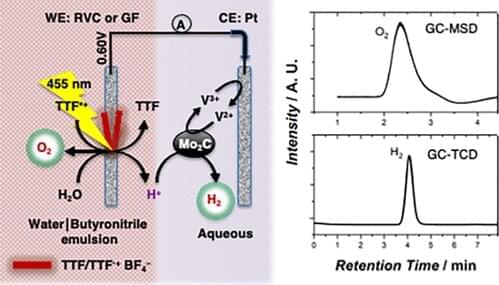An ambitious research programme in northwestern pacific is striving to understand the many facets of the ocean — and the ways they are responding to human impacts — like never before.



A new study has uncovered a surprising and concerning paradox: although Earth’s vegetation cover has expanded dramatically over the past four decades, this widespread “greening” trend is often associated with a decline in soil moisture, particularly in water-scarce regions. The study is published in Communications Earth & Environment.
Led by Prof. Chen Yaning from the Xinjiang Institute of Ecology and Geography of the Chinese Academy of Sciences, the researchers employed a multifaceted approach, integrating multi-source satellite observations, reanalysis datasets, and outputs from 12 Earth system models. This comprehensive analysis, spanning the years from 1982 to 2100, enabled researchers to quantitatively assess the causal relationship between vegetation dynamics and soil moisture.
Their findings reveal that while an impressive 65.82% of the global vegetated areas have experienced greening, nearly half of these areas simultaneously witnessed significant soil drying—a “greening-drying” pattern. This detrimental trend is most pronounced in vulnerable regions like Central Africa, Central Asia, eastern Australia, and mid-to-high latitude Europe.


Ten years from now, it will be clear that the primary ways we use generative AI circa 2025—rapidly crafting content based on simple instructions and open-ended interactions—were merely building blocks of a technology that will increasingly be built into far more impactful forms.
The real economic effect will come as different modes of generative AI are combined with traditional software logic to drive expensive activities like project management, medical diagnosis, and insurance claims processing in increasingly automated ways.
In my consulting work helping the world’s largest companies design and implement AI solutions, I’m finding that most organizations are still struggling to get substantial value from generative AI applications. As impressive and satisfying as they are, their inherent unpredictability makes it difficult to integrate into the kind of highly standardized business processes that drive the economy.
A look at the next big iteration of the transformative technology.


A research team from the University of Basel, Switzerland, has developed a new molecule modeled on plant photosynthesis: under the influence of light, it stores two positive and two negative charges at the same time. The aim is to convert sunlight into carbon-neutral fuels.
Plants use the energy of sunlight to convert CO2 into energy-rich sugar molecules. This process is called photosynthesis and is the foundation of virtually all life: animals and humans can “burn” the carbohydrates produced in this way again and use the energy stored within them. This once more produces carbon dioxide, closing the cycle.
This model could also be the key to environmentally friendly fuels, as researchers are working on imitating natural photosynthesis and using sunlight to produce high-energy compounds: solar fuels such as hydrogen, methanol and synthetic gasoline. If burned, they would produce only as much carbon dioxide as was needed to produce the fuels. In other words, they would be carbon-neutral.

Chemical engineers at EPFL have developed a new approach to artificial photosynthesis, a method for harvesting solar energy that produces hydrogen as a clean fuel from water.
“Artificial photosynthesis is the holy grail of all chemists,” says Astrid Olaya, a chemical engineer at EPFL’s Institute of Chemical Sciences and Engineering (ISIC). “The goal is to capture sunlight, on the one hand to oxidize water to generate oxygen and protons, and on the other to reduce either protons to hydrogen or CO2 to chemicals and fuels. This is the essence of a circular chemical industry.”
With global energy demands increasing, we are in need of viable alternatives to fossil fuels, whose negative environmental impact has also become all too apparent. One of those alternatives is hydrogen, which can be consumed in simple fuel cells for energy, leaving behind only water.

Quantum dots – semiconductor nanostructures that can emit single photons on demand – are considered among the most promising sources for photonic quantum computing.
However, every quantum dot is slightly different and may emit a slightly different color, according to a team at the University of Innsbruck, Austria, which has developed a technique to improve multi-photon state generation. The Innsbruck team states that, “the different forms of quantum dot means that, to produce multi-photon states we cannot use multiple quantum dots.”
Usually, researchers use a single quantum dot and multiplex the emission into different spatial and temporal modes, using a fast electro-optic modulator. But a contemporary technological challenge: faster electro-optic modulators are expensive and often require very customized engineering. To add to that, it may not be very efficient, which introduces unwanted losses in the system.
Nature Publishing: https://www.nature.com/articles/s41534-025-01083-0
Security wise: The team’s work combines years of research in quantum optics, semiconductor physics, and photonic engineering to open the door for next-generation quantum computers andunwanted losses in the system.
Communications. Here’s what you need to know. Securities IO: https://www.securities.io/passive-two-photon-quantum-dots-secure-communication

Researchers have developed QuantumShield-BC, a blockchain framework designed to resist attacks from quantum computers by integrating post-quantum cryptography (PQC) utilising algorithms such as Dilithium and SPHINCS+, quantum key distribution (QKD), and quantum Byzantine fault tolerance (Q-BFT) leveraging quantum random number generation (QRNG) for unbiased leader selection. The framework was tested on a controlled testbed with up to 100 nodes, demonstrating resistance to simulated quantum attacks and achieving fairness through QRNG-based consensus. An ablation study confirmed the contribution of each quantum component to overall security, although the QKD implementation was simulated and scalability to larger networks requires further investigation.
According to Gartner, the worldwide end-user spending on all IT products for 2024 was $5 trillion. This industry is built on a computing fabric of electrons, is fully software-defined, accelerated — and now generative AI-enabled. While huge, it’s a fraction of the larger physical industrial market that relies on the movement of atoms. Today’s 10 Read Article